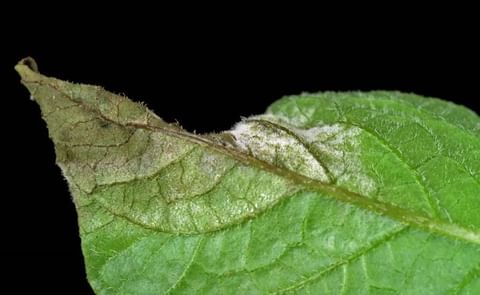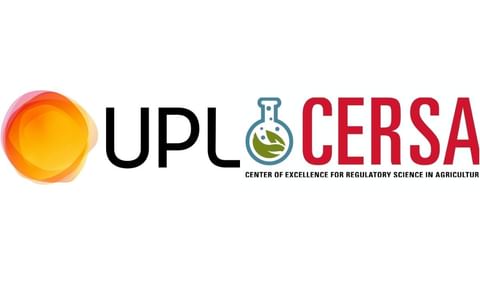The world of snack foods is a Manichean struggle for the soul of your stomach. Do you reach for the tasty, high-calorie, additives-rich mozzarella sticks–or less processed, lower-calorie fruits and veggies? Inventure Foods of Phoenix isn’t picking sides. It plays to both our better and worse angels of appetite. “We still believe in the ‘indulgent’ food business–it pays some bills, and we don’t want it to completely go away,” says CEO Terry McDaniel, 57. “But our focus–and most of our growth–has been the ‘healthier natural’ side.”
That side generates 80% of Inventure’s $253 million in sales. So-called healthier natural can mean just about anything: Rader Farms frozen berries sold in Costco and others; the Fresh Frozen Foods label, ubiquitous throughout grocery stores in the Southeast; smoothies mixes for Jamba JMBA +0.48% Juice; and “totally natural” potato chips from Boulder Canyon.
While Inventure’s roots are in “indulgent” foods–Poore Brothers kettle chips, as well as snacks for Nathan's Famous , TGI Fridays and Vidalia Brands–that category is growing at 2.8% a year nationwide. Back in 2006 the company decided to branch out into healthier snacks, growing at 12% a year. (Natural and organic foods and beverages are expected to surpass $78 billion next year.)
Continue reading at Forbes...

十一月 11, 2014
来源
Like to receive news like this by email? Join and Subscribe!
NEW! Join Our BlueSky Channel for regular updates!
Related Topics:
精选企业
Related News

六月 18, 2025
Frito-Lay Rancho Cucamonga Snack Plant Shuts Down After 50 Years
Frito-Lay has ended manufacturing at its Rancho Cucamonga snack plant after 50+ years, affecting potentially hundreds of jobs. While some operations remain, many workers were laid off, with limited transfer options and undisclosed severance details.
六月 07, 2025
Crunch Time: How Potato Snack Brands Are Battling for Market Share
The potato snack aisle is a battlefield-crammed with crisps, chips, fries, and a dizzying array of flavours. With global market revenues expected to reach over USD 126 billion by 2034 and a steady 3% annual growth rate, it’s clear that competition is fierce and only getting hotter.Latest News
Sponsored Content
Sponsored Content
Sponsored Content
Sponsored Content
Sponsored Content









